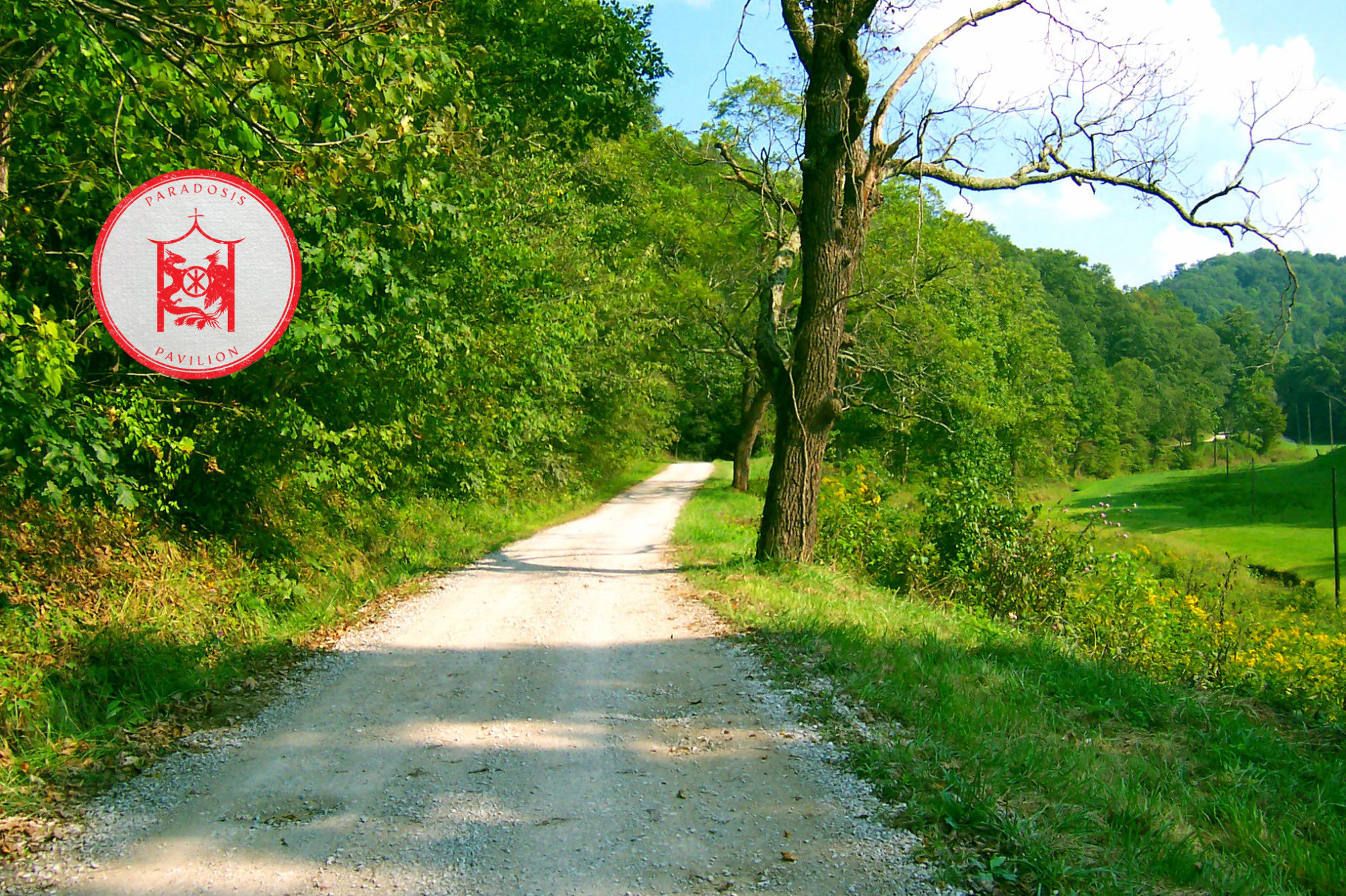
At the appointed time, Jesus Christ entered the city of Jerusalem to submit to suffering and death. Soldiers twisted a crown of thorns and placed it on His head. They nailed his hands and feet to a wooden Cross and raised up his body for all to see. A sign above his head mocked him as a false king. Christ’s enemies did not realize that He had entered into the world for the purpose of ascending the Cross for the salvation of our human race.
In His human nature, Christ suffered and died on the Cross, but in His divine nature as God, suffering and death cannot touch Him. The Cross killed a man, but with this Cross, the King of All crushed the power of death. We speak poetically of the Mystery of the Cross: Although Hades (the place of the dead) took a body, it came face to face with the infinite God. Hades swallowed up a body it has seen, but it was destroyed by the uncontainable God it had not seen.
Through the Cross, death was changed to life. The old Adam had died by death because He had rebelliously eaten from the forbidden Tree of the Knowledge of Good and Evil, but the New Adam trampled down death by death through obedience. Christ transformed the Cross bearing His body into the Tree of Life, planted on the earth for the healing of all who would share in its Life-Giving Fruit.
On the Cross, Christ again showed us an image of what a healed human person looks like. The perfected human being is victorious through humility, transforming that which is meant to crush and destroy into something beneficial and healthful. A healed person, united with God, is moved by self-denying love.
Jesus Christ is both our Divine Physician and our only saving Antidote. He alone is capable of saving us from death.
Read: John 19; Philippians 2.1-11
Text copyright © 2017 by Fr. Symeon D. S. Kees / Mosaic icon by Aidan Hart in St. George Orthodox Church, Houston, TX
